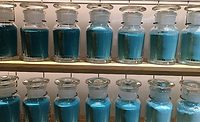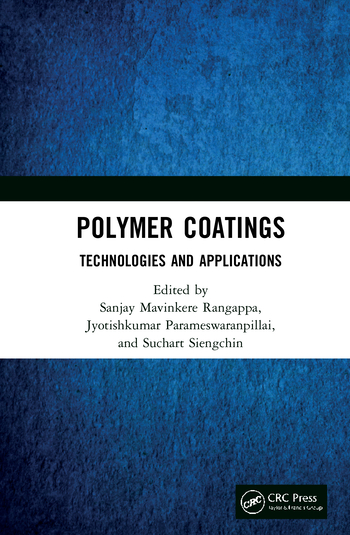Chromaflo Technologies Announces MIT-Free Colorants Ahead of Regulatory Changes

SITTARD, The Netherlands – Chromaflo Technologies, Ashtabula, Ohio, has adjusted the biocide package used in waterborne colorants, ahead of the regulatory changes concerning methylisothiazolinone (MIT) in the European Union. The new classification on MIT was published in the 13th adaptation to technical and scientific progress (ATP) in the EU Official Journal on Oct. 4, 2018, with the changes being implemented from May 1, 2020. The 13th ATP amends the classification, labeling and packaging of substances and mixtures (CLP).
The newly amended classification for MIT has been assigned with a specific concentration limit of 15 ppm. This means that a product containing MIT ≥ 15 ppm shall be classified as skin sensitizing. This 15ppm limit is considerably lower than the 1000ppm limit used for general category 1A skin sensitizers. It is expected that the BPR (Biocidal Product Regulation) may further restrict the use of MIT in paint products.
Chromaflo Technologies Europe has been pre-emptively searching for a new, MIT-free biocide package before the changes come into effect. Following extensive laboratory and field tests, a new biocide package showing excellent protection results has been selected. From Jan. 1, 2020, all waterborne colorants supplied by Chromaflo Technologies Europe will be based on the new biocide package, with MIT levels <15ppm.
In cooperation with raw material suppliers, Chromaflo’s goal is for all colorants produced from May 1, 2020, to be completely MIT-free. This goes one step further in ensuring that Chromaflo’s colorants comply with EU regulations.
“Our primary objective is to manage legislative changes swiftly and effectively, with minimal impact on the performance of our colorants, and in turn the products of our customers,” said Peter Thommassen, Director of R&D EMEA. “The new biocide package is as effective at preserving colorants as a biocide package based on MIT, whilst still conforming with the latest regulations.”
Chromaflo Technologies is an independent global supplier of colorant systems, chemical and pigment dispersions, serving customers in architectural and industrial coatings as well as the thermoset composites market. The company has production facilities in the United States, Canada, The Netherlands, Finland, Australia, South Africa, India and China.
Looking for a reprint of this article?
From high-res PDFs to custom plaques, order your copy today!







